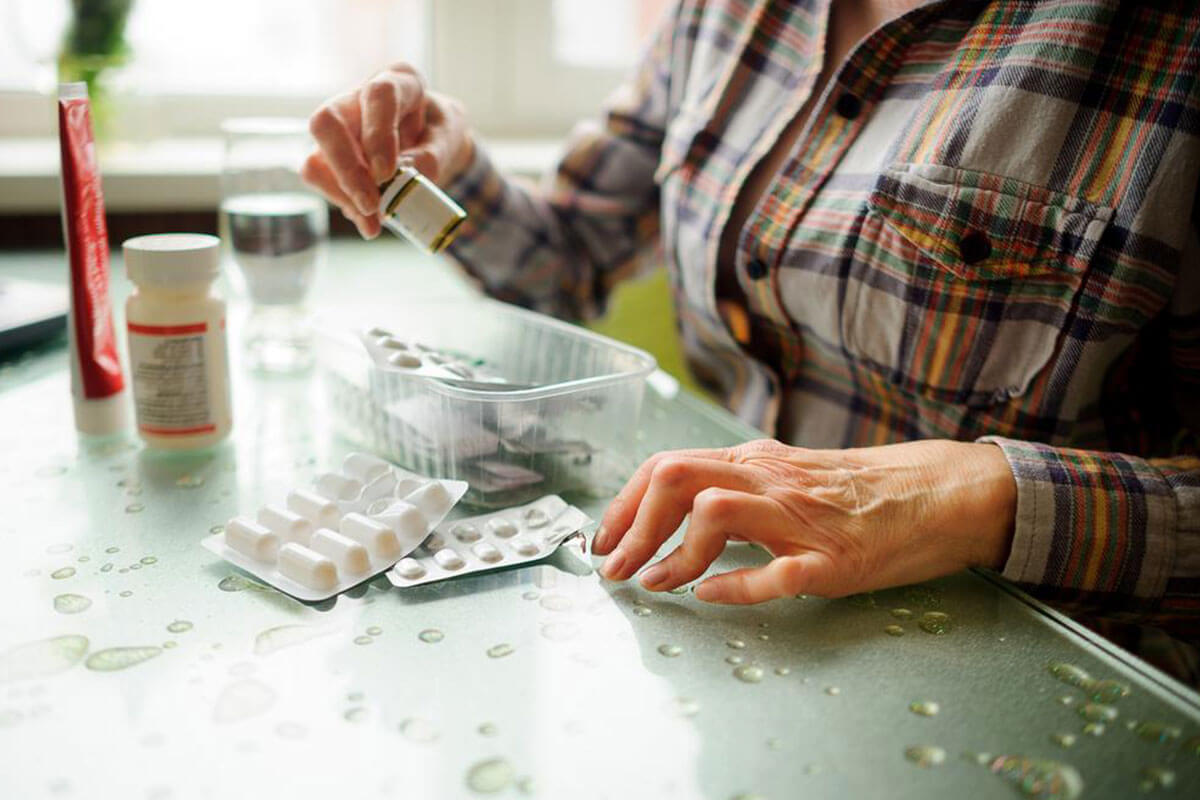Relieve Your Rheumatoid Arthritis Pain Naturally

Rheumatoid arthritis is a lifelong condition that affects your quality of life by causing pain and discomfort in your joints. Relieve your rheumatoid arthritis pain naturally by using these remedies.
Rheumatoid arthritis is an autoimmune disorder, in simpler terms, it occurs when the immune system of your body starts attacking the healthy joints. In rheumatoid arthritis or RA, joints on both sides of the body are affected such as both hands, both wrists, or both knees. More common in women than men, RA affects around 1.5 million people in the United States. As this form of arthritis progresses, it can also affect the other organs of the body, namely, lungs, heart, skin, eyes, and nerves. Even though the cause of RA is not yet known, there have been various theories that have been put forward to explain why the immune system attacks the healthy joints.
Because RA causes inflammation in your joints, some of the common symptoms of this disorder are stiff joints, fever, swollen joints, fatigue, redness, reduced movement in the affected joints, and joint pain. The rheumatoid arthritis pain varies from one individual to another; some may find it debilitating, while others may describe it as just mildly irritating. There is no single specific test that can be used to diagnose RA, however, doctors do rely on the rheumatoid factor tests as an indication of RA. More than half the people suffering from this type of arthritis have ‘rheumatoid factor’ in their blood, but you cannot say that everyone will this factor will develop rheumatoid arthritis at some point in time. Therefore, it becomes necessary to use this test along with some others to reach an accurate diagnosis of RA.
Your treatment plan for RA usually involves a combination of joint protection, medications, exercise, and in rare cases, surgery. The main aim of these treatment plans is to reduce your rheumatoid arthritis pain and make it manageable. The ideal plan that is chosen for you depends on your medical history, age, overall health, and the severity of RA.
If you do not want to rely on medications, there are some natural ways to deal with the rheumatoid arthritis pain. These include:
- Exercise
One of the techniques that may be able to keep your rheumatoid arthritis pain at bay is exercise. Exercising regularly helps you strengthen your muscles, increases the range of motion of the joints, as well as fights fatigue. Engage in low-impact exercises like walking, gentle stretching, swimming, and water aerobics. If your rheumatoid arthritis pain is very severe, you must avoid high-impact sports at all costs. One thing to remember while exercising for RA is that you must not work through the pain, as soon as you experience pain, stop exercising.
- Soak in a warm bath
According to Rhonda Reininger, the associate director of physical therapy and occupational therapy at NYU, moist heat seems to work the best to provide relief from rheumatoid arthritis pain. It is recommended that you soak in a warm bath or take a warm shower to ease your rheumatoid arthritis pain. You can also make use of moist heating pads by applying it to the affected area for about 10 to 15 minutes to find some pain relief.
- Tai Chi
A Chinese martial art technique, Tai Chi, combines deep breathing with slow and gentle movements. The main aim of this martial art technique is to exercise the mind, body, as well as the spirit. There has been a study that has shown that this technique may indeed improve joint function and ease your rheumatoid arthritis pain. However, you must ensure that you learn from a certified instructor and do not perform any moves that will worsen your pain.
- Stretch the Joints
It is important that you stretch your joints every day, in order to increase the range of their motion. Consult a physical therapist who will help you design a stretching program that suits your needs. Reininger recommends, “ People with RA tend to feel stiffer in the morning than at other times of the day, so take a shower to warm up your joints, and then stretch to help loosen you up for the rest of the day .” Stretching your joints will definitely help relieving your rheumatoid arthritis pain.
There are other ways to help relieve your rheumatoid arthritis pain naturally, apart from the ones mentioned above. You can make certain lifestyle changes and dietary modification as well as choose to take certain herbal remedies to ease your rheumatoid arthritis pain.


